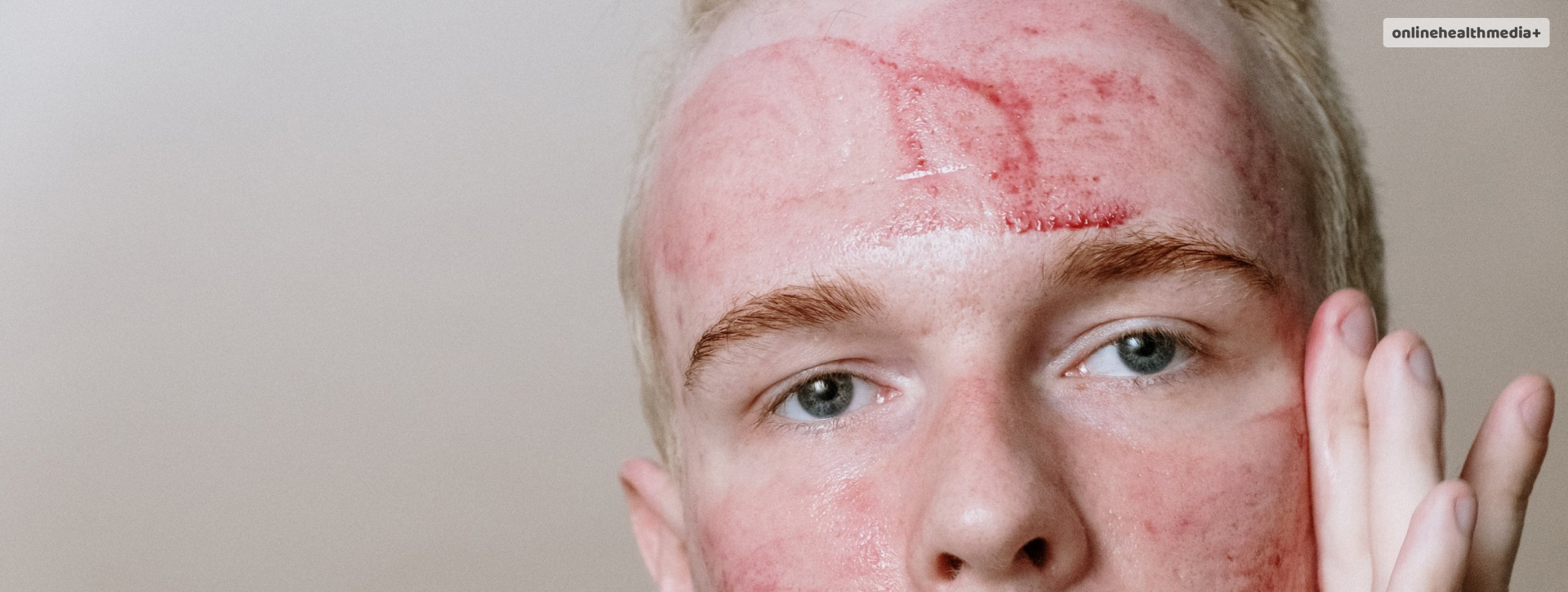Cystic Acne: How To Treat And Prevent The Pesky Pimples!
Cystic acne is a painful, inflammatory acne that is pimples with pus under the skin. This type of acne is difficult to treat due to the sensitive state the skin stays in.
Thus, this article will approach the topic with a refreshing view- where you treat the condition from the ground up.
Contents
What Is Cystic Acne?
Cystin acne- unlike popular belief- is not just a pimple. It is a serious condition that can develop as painful sores. A cystic acne is a deep pimple that can leave a scar if not treated properly.
Cystic acne is majorly visible due to the action of hormones. The sores that develop are painful and can become severe.
In addition, the type of skin a person has plays a huge role in its development.
What Are The Signs?
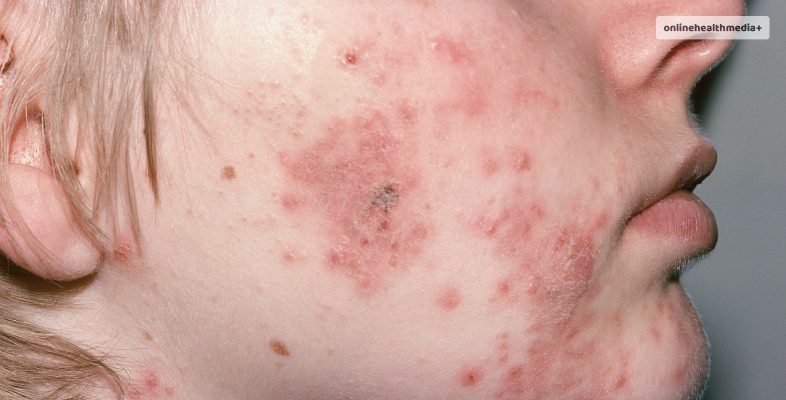
The following signs will help you identify if the dull pain forming under your skin will bring cystic acne with it:
- Visibly red and deep swellings in the skin
- The swelling has a white head
- Painful to touch, sometimes may even be painful without touching
- You can feel the acne before it is visible on your skin.
The telltale signs of cystic acne:
- There is a red lump under the skin
- Pus oozes out from the whitehead
- Has a crusty appearance
How Does Cystic Acne Form?
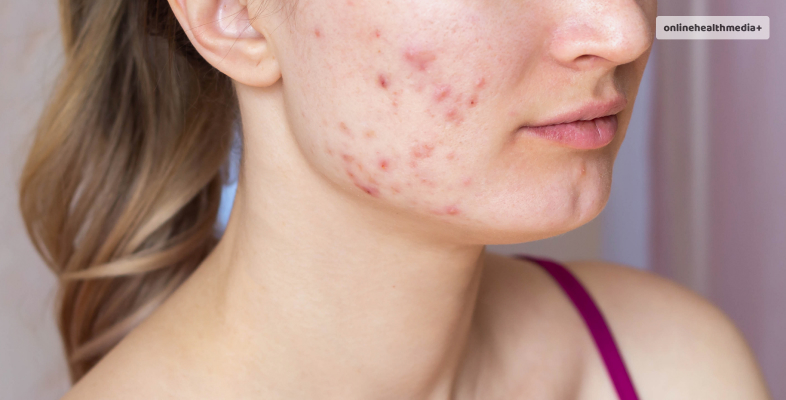
Acne usually develops when there is a disbalance of hormones- usually, it is the presence of hormones in a higher quantity.
In addition, the condition can also occur when you are not taking good care of your skin. When the pores in our skin get clogged, it can lead to a couple of abnormalities, one of which is cystic acne, which is a blaring alarm.
This indicates that something in your routine is not working well for you. The bacteria that make up the normal micro-flora of the skin- can turn into infectious germs that can cause a severe reaction.
The bacteria that have now found a suitable environment to grow can cause an infection that appears as a red bump under your skin.
The risk factors of the common groups where cystic acne is more prevalent are:
- Teenagers
- People with a family history of cystic acne
- People undergoing puberty and menopause and stress
How To Prevent It?
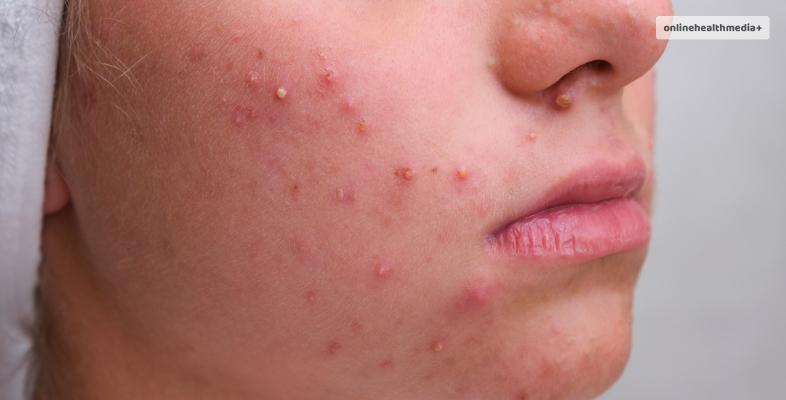
Preventing this infectious bump on your skin is possible by taking care of your skin. A proper skincare routine ensures your skin is clean of germs and remains clear of any acne.
The most common condition in the US alone, cystic acne, has been a huge concern for everyone who either experiences it or sees a close person experience it.
There are many theories of preventing it- however, the basic preventative steps are made up of the following:
- Eating clean.
- Drinking appropriate amounts of water as per your weight and age, as well as any skin condition.
- Cleaning and exfoliating your skin daily and weekly, respectively.
- Don’t pick on active acne, as it spreads germs that may be lingering.
- Consult a dermatologist for a thorough skin examination.
How do you build a Cystic Acne-friendly skincare routine?
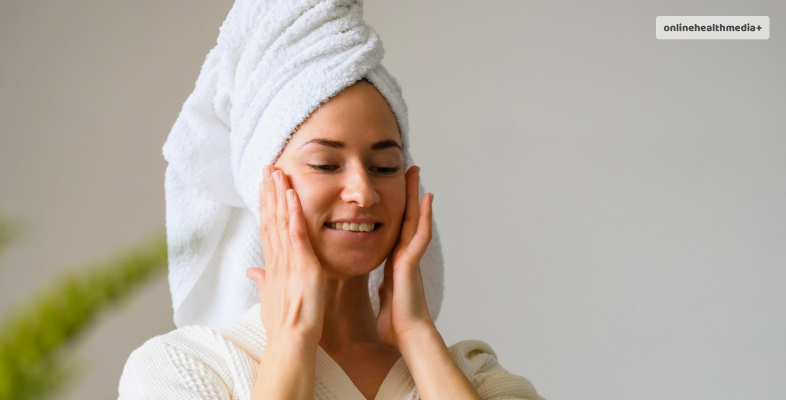
Collaborating with a dermatologist is the key to building a skincare routine that suits you. They are the best article or Google suggestions that will not be inaccurate.
The basics of a good skincare routine are:
- A good skin cleanser that best suits your skin type- These can be the clear gel type if you have a combination skin like me- I’ve found it useful for me, keeping acne and pimples at bay. Salicylic acid is a beneficial option for people who experience acne. It works by keeping the skin clean, with the added functions of removing dead cells, keeping pores clean, and controlling their size.
- A gentle exfoliator helps clean the skin of any dead skin cells that may have been clogging the pores. You may use salicylic acid exfoliators. This is because they are quite effective at dissolving the keratin plugs. Moreover, this chemical’s antibacterial property helps prevent the development of acne or pimples.
- A moisturizer as per your skin type- if your skin is oily, a light moisturizer will help keep your skin well nourished and plump. Moisturizers with niacinamide or Vitamin B3 help serve the role of good moisturizers as it prevents moisture from evaporating.
- Sunscreen- A basic sunscreen that provides complete sun protection is the preferred choice. Moreover, the presence of sunscreen is important as it reduces the damage that can be caused after using acne-treating products. These products make your skin sensitive to sunburns.
- Once a week, use a soothing face mask/pack that can provide a deep cleansing effect while soothing the skin. You may make a DIY mask from turmeric and honey (both have great antibacterial properties.) Another great choice is the use of tea tree oil masks.
Treatment Of Cystic Acne
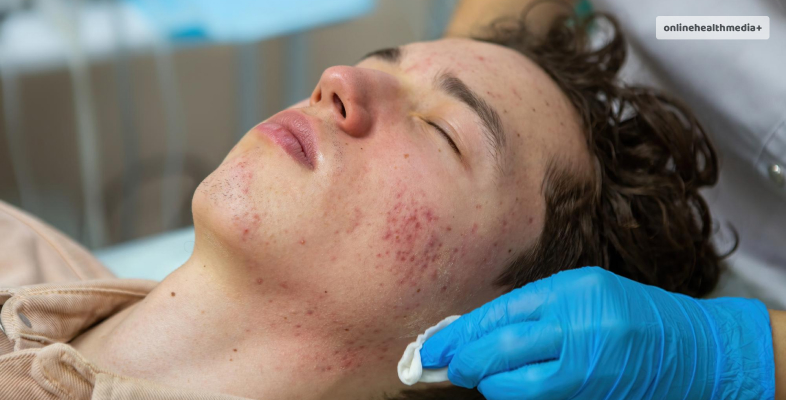
The scarring of your skin can be difficult to deal with, along with the pain itself. The emotional, mental, and physical pain can become unbearable.
For this purpose, you may use hyaluronic acid to help heal the picked acne and reduce scarring.
Usually, the treatment options that dermatologists or physicians prescribe include the following options:
- Antibiotic creams help combat the infection and kill the bacteria. This helps soothe the inflammation and clear up the acne.
- For example, azelaic acid or salicylic acid, as suggested above, works well to control the growth of bacteria while clearing the acne.
- Another great example is the use of benzoyl peroxide, that can control the presence of infectious bacteria on the skin.
- These chemical treatment options can also reduce the dead skin cells clogging pores.
- Another popular choice of physicians is retinoids such as tazarotene, tretinoin, and adapalene. Retinoids work by increasing the number of cells produced, which helps in exfoliation and minimizes clogged pores.
- In addition, your physician may also suggest using Vitamin A derivatives that can help get rid of dead skin cells.
Alternative Treatment Options
If you receive a diagnosis of extreme cystic acne, then you may also be suggested other treatment options such as:
- Incision and draining: These help open the cyst and drain the pus in it.
- Birth control pills: This can be an alternative when hormonal causes are detected for cystic acne.
- Corticosteroid injections: These help in shrinking painful and large acne cysts.
- Isotretinoin: Oral retinoid helps in the same way that retinoids in ointments work.
Conclusion
This was all on the treatment and prevention of cystic acne. The article starts with describing this acne and how it may develop in an individual.
Then, it shifts its focus to the use of alternative treatment options that can be beneficial for the person with cystic acne.
Also read
- What Are The Benefits Of Acupuncture?
- What To Expect From The Egg Donor Acceptance Process.
- How Has The Online Health Media Educated People About Kratom?
